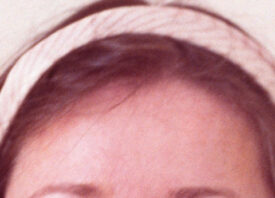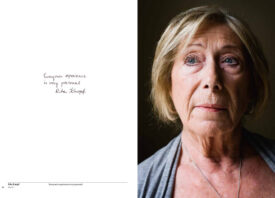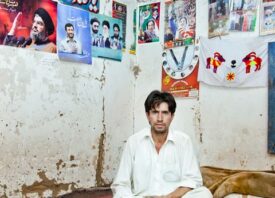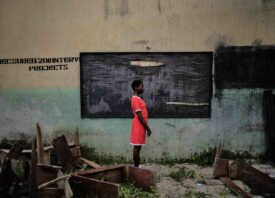Search this site
Photographing The Unspeakable – Andrea Gjestvang’s Portraits of Norway’s July 22nd Survivors
On the 22nd of July, 2011, 69 young adults were killed at a summer camp on the island of Utøya, off the coast of Oslo, Norway. Around 500 youngsters survived the massacre, but not unscathed. Many of them live on with wounds as a reminder of that day. The wounds, whether physical or emotional, range in severity, though each is poignant.
The portraits of the survivors of that day from Andrea Giestvang’s “One Day in History” is a testament to the strength of the human will in the face of unspeakable tragedy. Though rooted in the memory of a kind of violence we would wish never to speak of (let alone see) again, the project is a testament to compassion, kindness, and strength. Subtle does not mean simple here; Andrea is a sophisticated photographer and the tense stillness of each image speaks to that. The gaze of each survivor is one of dignity and candor, and serves not as a reminder of the man behind the atrocities of that day but of the capacity and potential each of us carries within us for empathy, compassion, and love.
What do you hope to share with the greater public via the publication of this work/book?
“We tend to forget survivors, as their condition is often not known until the news cycle is over. Or we assume that time [equals] healing. My goal with this work is to remind people, make them think and feel and want to understand. Even if time goes by and new stories hit the front pages of the newspapers, the mental and visible scars of the survivors of such terrible incidents remain. I want to show that grief (but also healing) comes in different shapes. These youths share the same experiences and to a large extent similar reactions, but the process is individual. Thinking of the terror attack of July 22nd, I want people to remember these youths and not the face of the terrorist.”
Andrea is a Norwegian photographer based between Berlin and Oslo. She is a co-founder of Heartbeat, a platform for other female photographers. This project was published as a book called “En Dag I Historien” by Pax.
This post was contributed by photographer Sahara Borja.
















